Inglourious Basterds: A Tarantino Masterpiece Re-examined
Associated Articles: Inglourious Basterds: A Tarantino Masterpiece Re-examined
Introduction
On this auspicious event, we’re delighted to delve into the intriguing matter associated to Inglourious Basterds: A Tarantino Masterpiece Re-examined. Let’s weave attention-grabbing data and supply recent views to the readers.
Desk of Content material
Inglourious Basterds: A Tarantino Masterpiece Re-examined

Quentin Tarantino’s Inglourious Basterds (2009) is not only a struggle movie; it is a revisionist historic fantasy, a stylistic tour-de-force, and a darkly comedic exploration of revenge, identification, and the intoxicating energy of cinema itself. Launched to important acclaim and field workplace success, the movie stays a topic of intense dialogue and evaluation, its layers of that means rewarding repeated viewings. This text delves deep into the movie’s multifaceted narrative, exploring its characters, themes, and masterful cinematic methods that solidify its place as a contemporary traditional.
The movie’s narrative unfolds in a non-linear style, weaving collectively a number of intertwined storylines. The central thread follows Lieutenant Aldo Raine (Brad Pitt), the chief of a Jewish-American squad generally known as the "Basterds," working behind enemy strains in Nazi-occupied France. Their mission: to unfold terror and inflict brutal, extremely publicized acts of violence in opposition to the German forces. Their strategies are unconventional, bordering on the sadistic, but they’re offered with a perverse sense of camaraderie and grim humor, a trademark of Tarantino’s signature fashion. The Basterds aren’t heroes within the conventional sense; they’re avengers, fueled by righteous fury and a need for retribution. Their actions, whereas violent, are offered as a essential counterpoint to the Nazis’ atrocities, blurring the strains between justice and revenge.
One other essential storyline revolves round Shosanna Dreyfus (Mélanie Laurent), a younger Jewish girl whose household is brutally murdered by Colonel Hans Landa (Christoph Waltz). She escapes and, below an assumed identification, runs a Parisian cinema. Her narrative arc gives a compelling counterpoint to the Basterds’ violent actions, showcasing a special type of resistance – one born from crafty, endurance, and a calculated plan for devastating revenge. Shosanna’s story is deeply private and emotionally resonant, grounding the movie’s extra fantastical components in a relatable human expertise.
The third main narrative thread facilities across the enigmatic Colonel Hans Landa, arguably the movie’s most charming character. Christoph Waltz delivers an Oscar-winning efficiency because the "Jew Hunter," a chillingly charismatic and intellectually superior Nazi officer. Landa is a grasp manipulator, able to each terrifying intimidation and disarming allure. He’s not merely a villain; he’s a fancy character, a superb strategist whose intelligence and crafty make him a formidable adversary. His scenes, significantly the notorious farmhouse sequence, are masterclasses in suspense and stress, showcasing Tarantino’s ability in constructing anticipation and delivering surprising payoffs.
The movie’s non-linear construction cleverly interweaves these three storylines, constructing suspense and culminating in a wide ranging climax inside the confines of Shosanna’s cinema. This climax is just not solely a spectacle of violence but in addition a robust commentary on the character of cinema itself. The act of watching a movie turns into a metaphor for the act of witnessing historical past, and the burning cinema turns into a symbolic illustration of the burning of Nazi ideology. The movie inside the movie, a Nazi propaganda reel, is paradoxically reworked into an instrument of revenge, highlighting the facility of media to each manipulate and encourage.
Tarantino’s stylistic selections are as essential to the movie’s success as its narrative. The movie is characterised by its distinctive visible fashion, that includes prolonged takes, meticulously crafted compositions, and a deliberate pacing that builds stress and suspense. The usage of lengthy takes, significantly within the farmhouse sequence, permits the viewers to completely immerse themselves within the scene, experiencing the strain and the characters’ emotional states in real-time. The cinematography is gorgeous, capturing the ambiance of Nazi-occupied France with each magnificence and grim realism.
The dialogue is one other key aspect of the movie’s success. Tarantino’s signature witty and violent dialogue is on full show, creating a novel mix of darkish humor and intense drama. The prolonged conversations, usually laden with stress and double meanings, are essential in growing the characters and driving the narrative ahead. The well-known "Jew Hunter" scene, as an example, is a masterclass in dialogue, showcasing Landa’s manipulative abilities and Shosanna’s determined makes an attempt to hide her identification. The sharp, usually profane language contributes to the movie’s realism and its total darkly comedic tone.
The movie’s soundtrack is equally necessary, mixing unique compositions with period-specific music to reinforce the ambiance and emotional impression. The music underscores the strain and suspense, including one other layer to the cinematic expertise. The usage of music is just not merely background noise; it’s a rigorously chosen aspect that actively participates in shaping the viewers’s emotional response to the scenes.
Inglourious Basterds is not only a struggle movie; it’s a meta-narrative that displays on the character of storytelling, historical past, and revenge. The movie’s revisionist method to historical past, whereas controversial to some, serves to discover the themes of justice, retribution, and the enduring energy of human resilience within the face of unimaginable atrocities. The movie’s ending, whereas fantastical, is undeniably satisfying, offering a cathartic launch for the viewers and a strong assertion on the potential for resistance and the significance of remembering the previous.
The movie’s success is just not solely on account of its partaking narrative and stylistic selections but in addition to its distinctive forged. Brad Pitt, Mélanie Laurent, and Christoph Waltz ship excellent performances, bringing depth and complexity to their respective roles. Every actor embodies their character with conviction, making them plausible and relatable regardless of the movie’s usually outlandish circumstances. The supporting forged is equally spectacular, contributing to the movie’s total richness and depth.
In conclusion, Inglourious Basterds is a fancy and rewarding cinematic expertise. It’s a movie that challenges standard notions of struggle movies, providing a novel mix of violence, humor, and historic fiction. Its masterful storytelling, gorgeous visuals, and distinctive performances solidify its standing as a contemporary traditional, a movie that continues to fascinate and provoke dialogue years after its launch. It’s a testomony to Tarantino’s directorial ability and his capacity to craft a movie that’s each entertaining and intellectually stimulating, a real masterpiece of latest cinema. The movie’s exploration of revenge, identification, and the facility of cinema itself resonates deeply, leaving an enduring impression lengthy after the credit roll. It is a movie that calls for to be watched, mentioned, and re-watched, revealing new layers of that means with every viewing.
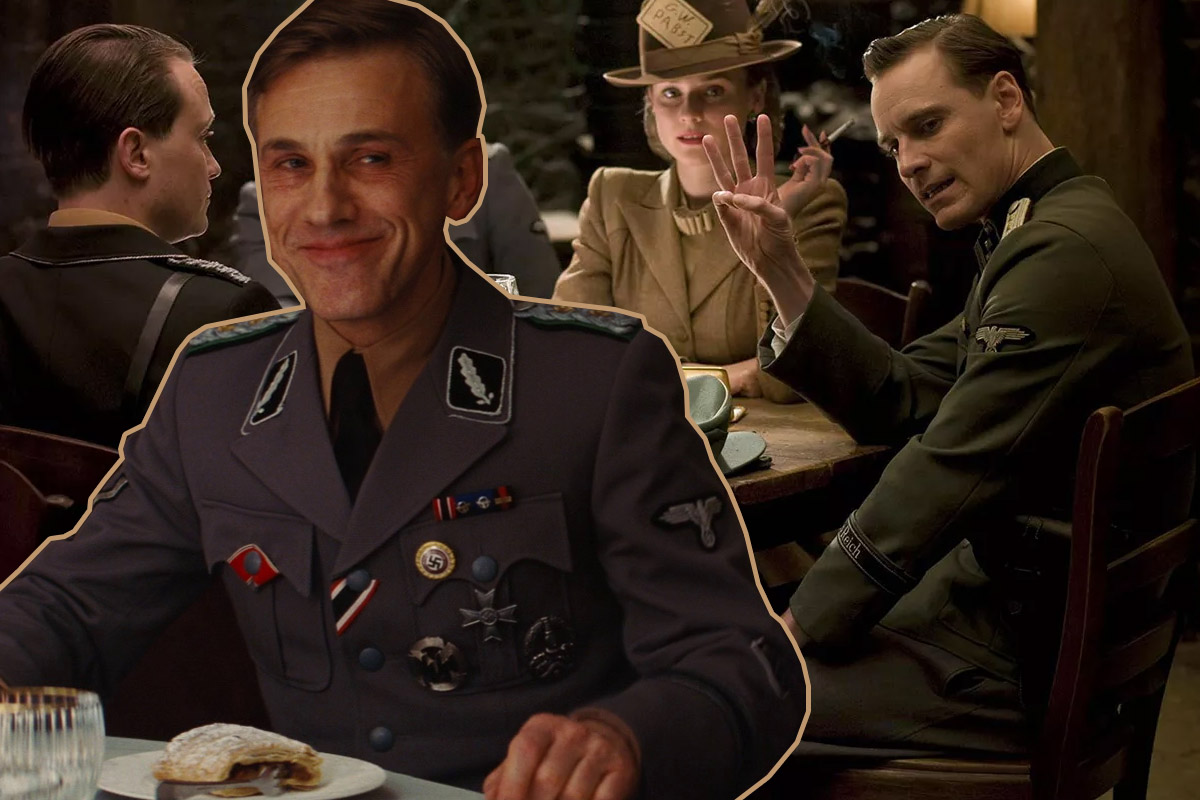


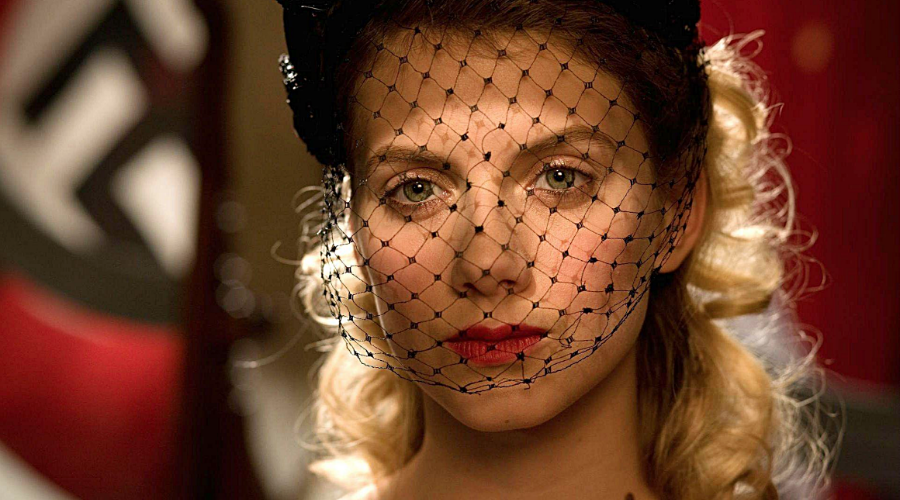
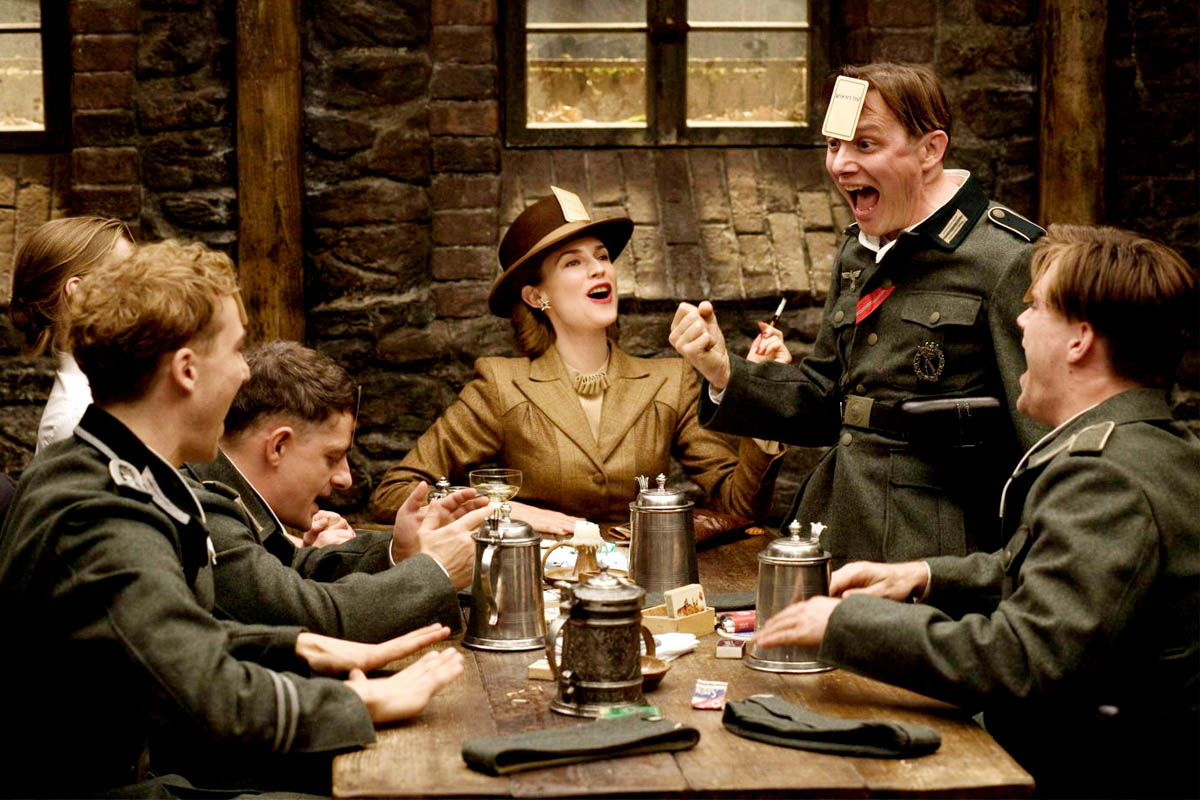
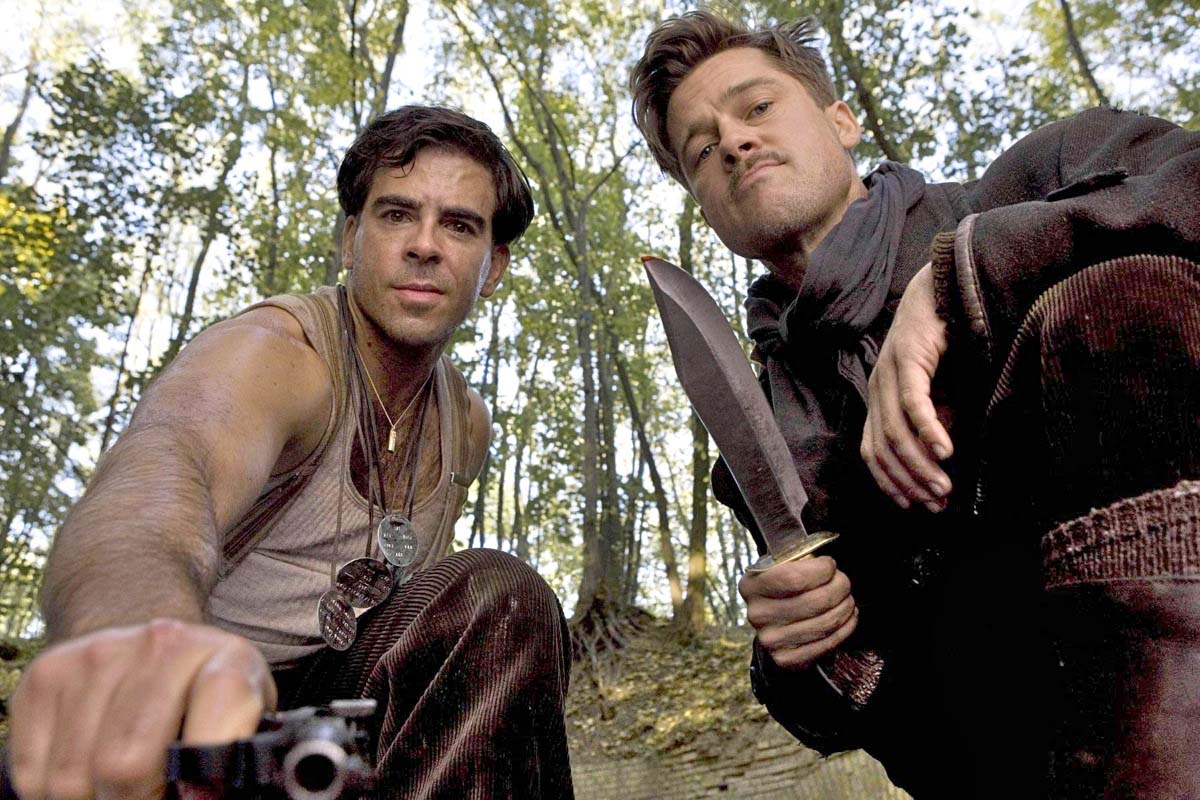
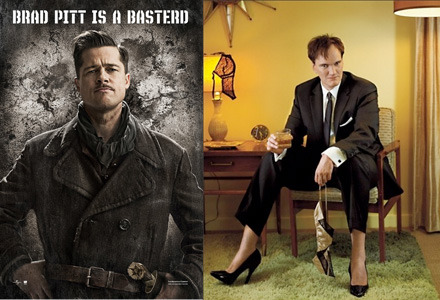
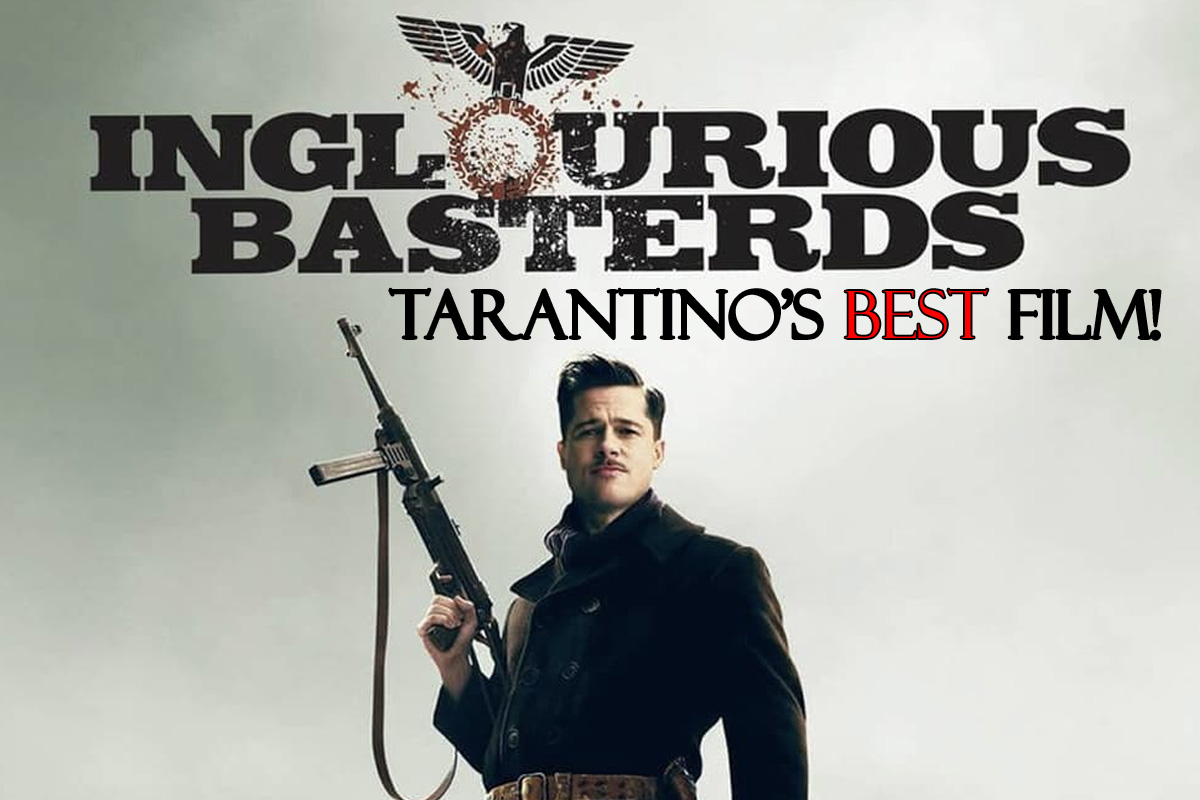
Closure
Thus, we hope this text has offered helpful insights into Inglourious Basterds: A Tarantino Masterpiece Re-examined. We admire your consideration to our article. See you in our subsequent article!